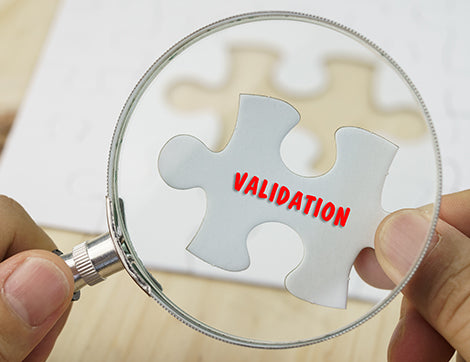As a registered training organisation, you must have a compliant validation system and processes in place. In this article, we will discuss some of the main strategies for complying with validation requirements.
Understand the requirements: Familiarise yourself with the legislative requirements stipulated by regulatory bodies such as ASQA (Australian Skills Quality Authority). Clauses 1.9 to 1.12 provide important information about how to conduct effective assessments, what should be validated, the frequency of validation, and the required credentials of those conducting the validation.
Do not wait till the end: Begin the validation process early and carry it out systematically over time to ensure that the assessments are valid, fair, and reliable.
Have a plan ready: Create an implementation plan for systematic validation of assessment practices and judgements, that includes details about when and how validation will occur, who will lead and participate in validation activities, and how the outcomes of these activities will be documented and acted upon.
Ensure the validation panel has suitable people and expertise: As per Clause 1.11, the validation should be undertaken by people who are not directly involved in the instance of delivery and assessment being validated, and they should have relevant vocational competencies, current industry skills, and knowledge and skills in vocational teaching and learning.
Ask questions wherever you are in doubt: Don't hesitate to seek clarification if you're uncertain about the requirements or the process. You can reach out to regulatory bodies such as ASQA or consult industry resources (RTO consultants) for guidance.
Have an experienced consultant on board: Having a professional RTO consultant or a third party with experience in assessment validation can provide a non-biased review and ensure thorough validation of your assessment resources and decisions.
Ensure processes are documented and clear: Keeping clear documentation of all your assessment processes, validation activities, and their outcomes will help ensure consistency and transparency.
Clear communication between validation panel: Effective communication among the validation team is crucial to align their understanding and approaches towards the validation process.
Consider the legislative requirements: Make sure to comply with the legislative components of the VET Quality Framework, and stay updated with any changes or updates in these requirements.
References:
Clauses 1.8 to 1.12—Conduct effective assessment. (2023, January 18). Australian Skills Quality Authority (ASQA). https://www.asqa.gov.au/rtos/users-guide-standards-rtos-2015/chapter-4-training-and-assessment/clauses-18-112-conduct-effective-assessment#:~:text=Clause%201.9&text=which%20training%20products%20will%20be,be%20documented%20and%20acted%20upon.


































